One of the most complete surviving 14th century manor houses in the world is back on the market
Penny Churchill reports on Knightstone Manor's re-appearance on the market, a splendid — and incredibly well-preserved — medieval home in Devon.
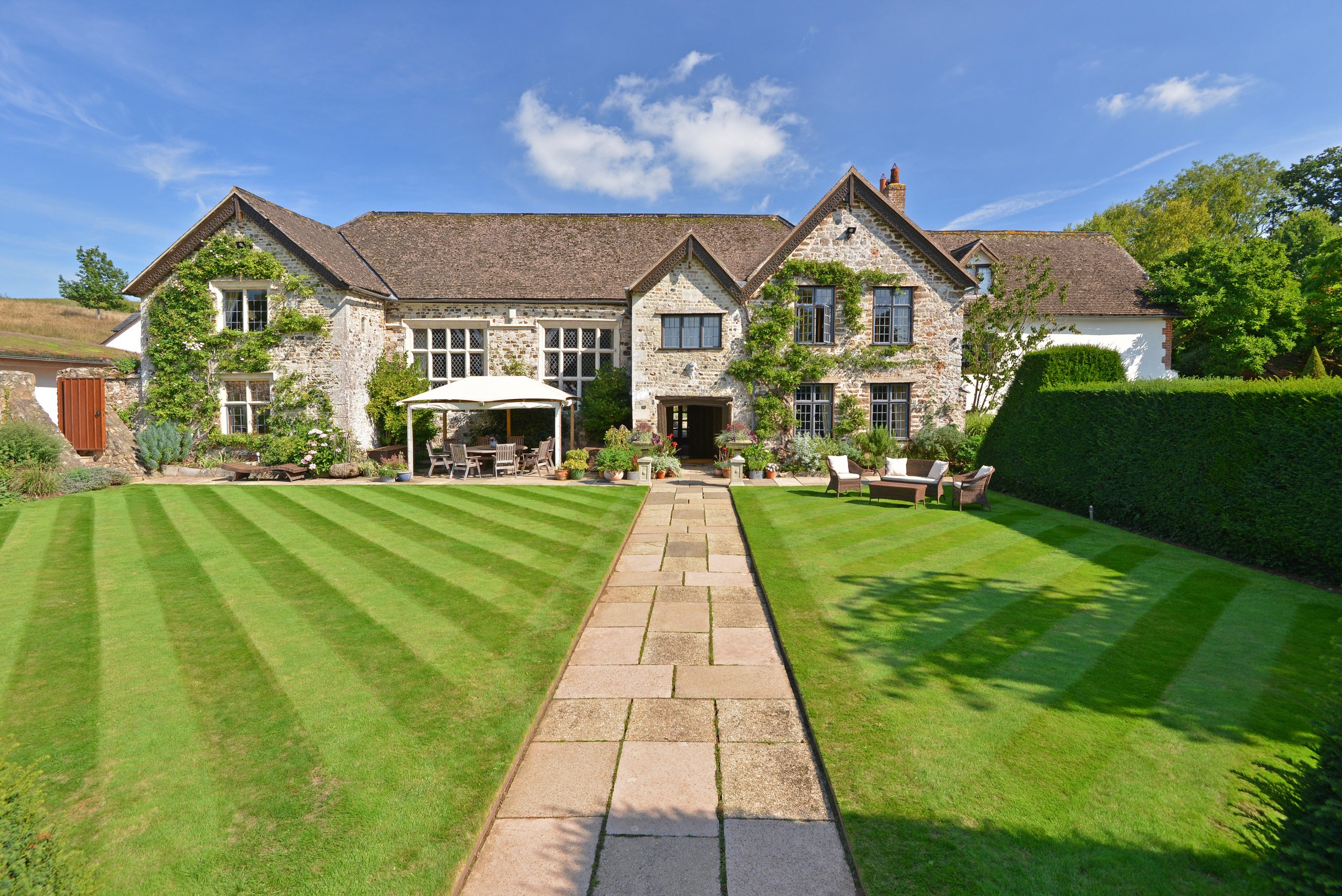

The political and financial chaos that Britain went through in the ill-fated — if mercifully short — era of 'Trussonomics' last Autumn sent the already-slightly-wobbly world of property into something of a tailspin. Happily, things seem far calmer now, as Annabel Dixon explained in our Property Talk column last week, looking at the five trends in the housing market today.
Still, for those who got caught up last September and October, things may take a little while to shake out — and that's the case with a simply astonishing home that had the misfortune to come to the market right in the middle of the turmoil: Grade I-listed Knightstone Manor at Ottery St Mary, Devon. No buyer was found when it was on the market last year, but now this historic and beautifully-kept place has been relaunched at £3.5 million via Jackson-Stops and Knight Frank — and it's undoubtedly one of the best, and most original medieval homes still standing in Britain today.

Knightstone Manor was described by Christopher Hussey in Country Life (September 8 and 15, 1950) as ‘one of the most complete surviving examples of a 14th century manor house’. As the pictures here show, it’s successfully clocked up another 73 years since Hussey’s time.
Much of that is thanks to its owner for the past 20-odd years: Knightstone has been the much-loved family home of the charismatic Jan-Eric Osterlund, a man of boundless energy and wide-ranging interests, who chaired a public investment company in his native Sweden before moving, in 1983, to England, where he built up a venture capital group investing mainly in medical technology and biotech.
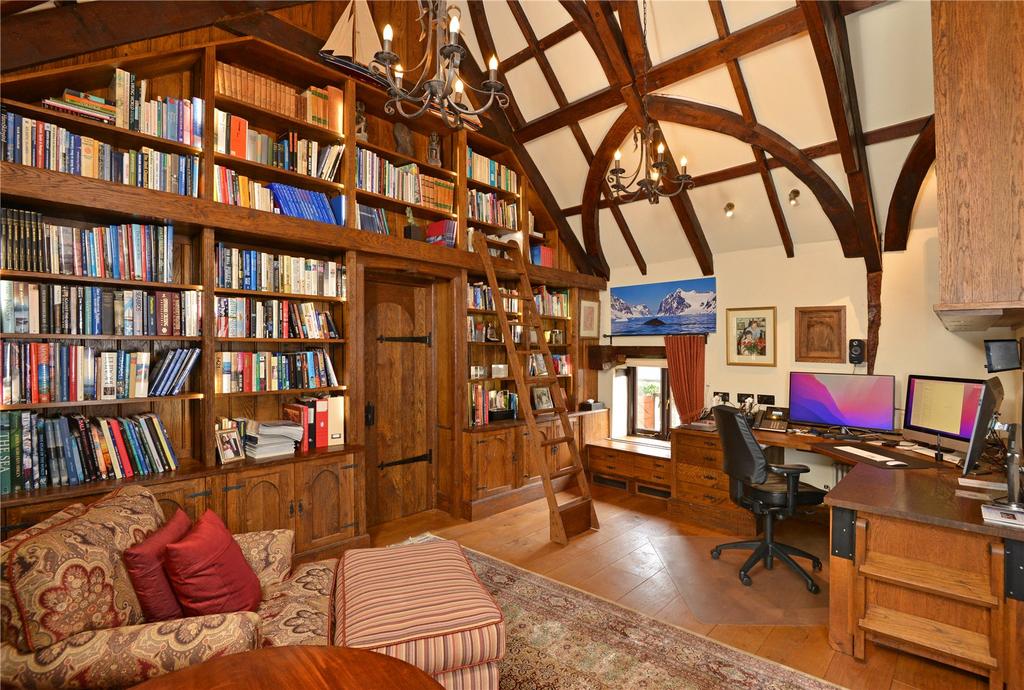
Second only to his love of sailing and photography, a passion for historic houses led him, in 2000, to deepest Devon, where he was introduced by property adviser Martin Lamb to a little-altered medieval hall house set in 18 acres of magical gardens, parkland and paddocks in a peaceful hidden valley, a mile from Ottery St Mary and 13 miles from Exeter.
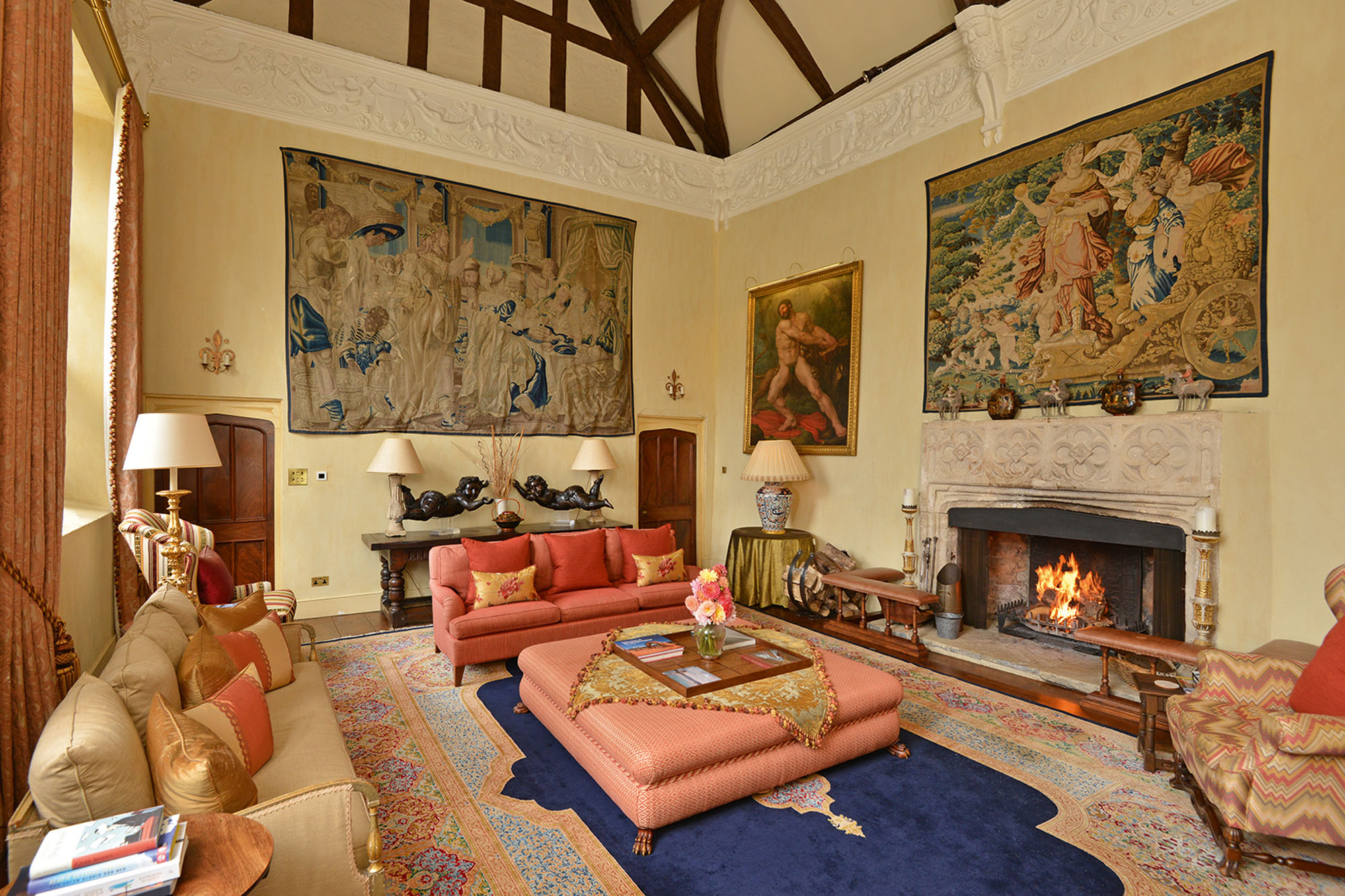
Research compiled by Mr Osterlund reveals that Knightstone Manor was built in 1380 by Thomas de Bittlesgate on land sold to him by Richard de Knightstone. It remained with the Bittlesgate family until 1494, when the last Bittlesgate died without issue, leaving the property to Lady Cicely Harington, the wife of Thomas Grey, 1st Marquess of Dorset. Her estates eventually passed to their grandson, the Duke of Suffolk, who was attainted and beheaded in 1554, following his unsuccessful attempt to establish his daughter, the equally ill-fated Lady Jane Grey, on the English throne.
The Grey estates then passed to the Crown and, in 1554, Knightstone was acquired by a wealthy Ottery merchant, William Sherman, who undertook a substantial restoration of the manor, adding new windows and a new fireplace in the Great Hall. He was succeeded, in 1618, by his grandson, Gideon, who married a Coplestone, to a branch of which Knightstone passed in 1627 and belonged until about 1800. It was then acquired by Stephen Hawtrey, scion of a well-known family linked to Eton College, before being bought, in 1803, by the Revd Dr Drury, headmaster of Harrow, in whose family it remained until 1886.
Sign up for the Country Life Newsletter
Exquisite houses, the beauty of Nature, and how to get the most from your life, straight to your inbox.
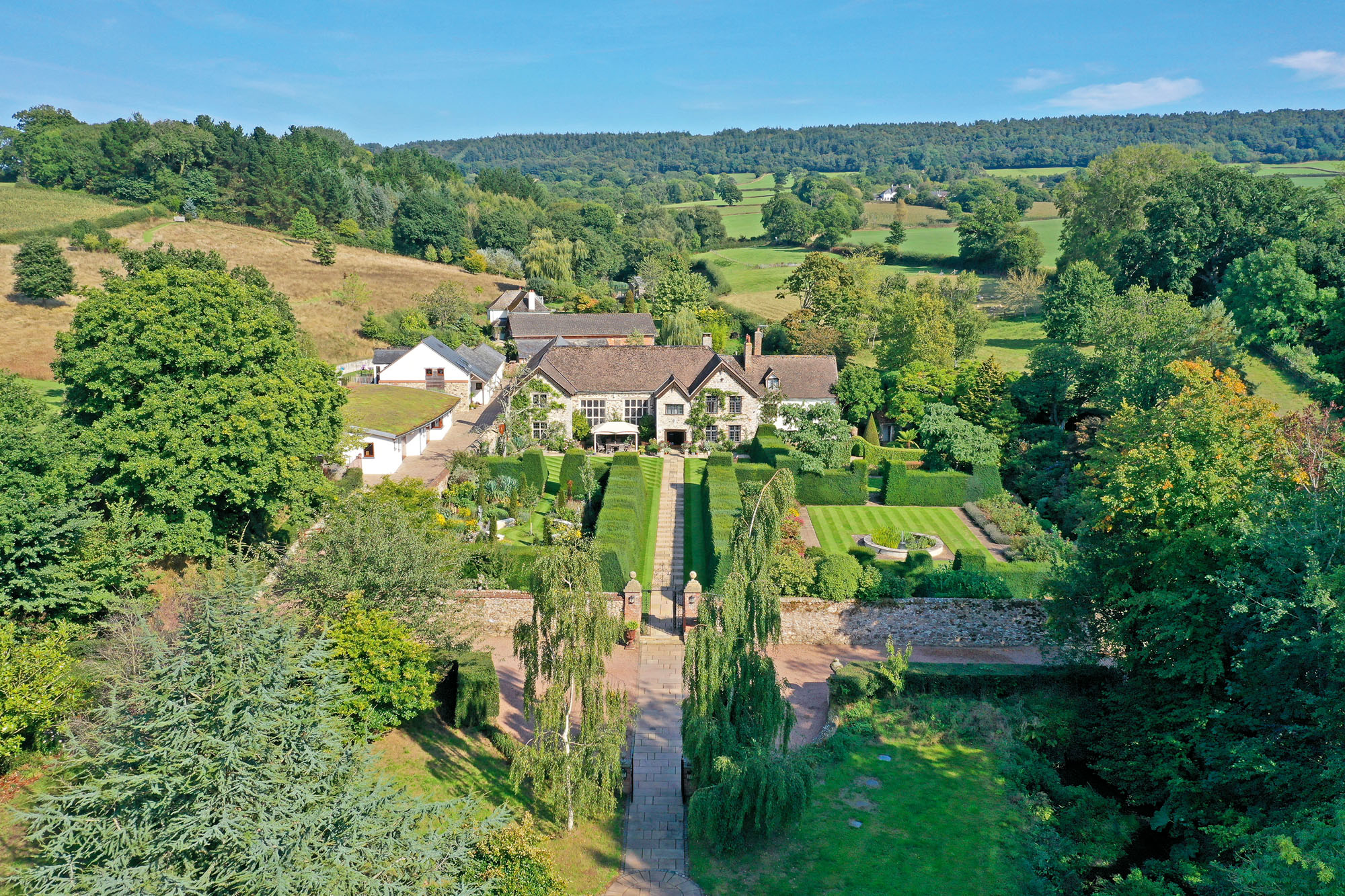
As Mr Osterlund points out, Knightstone has never been extended, although windows and staircases have been changed and two gatehouses were removed in about 1700.
As a typical medieval hall house, it has a central Great Hall surrounded by other living and service areas. Together with the main house, two wings create a central courtyard, at one end of which is a former chapel consecrated by the Bishop of Exeter in 1381. He adds: ‘It’s worth remembering that Knightstone was built before Britain’s greatness, when manor houses were smaller and less imposing. The Great Hall was the centre of life, where the household slept, ate and entertained.
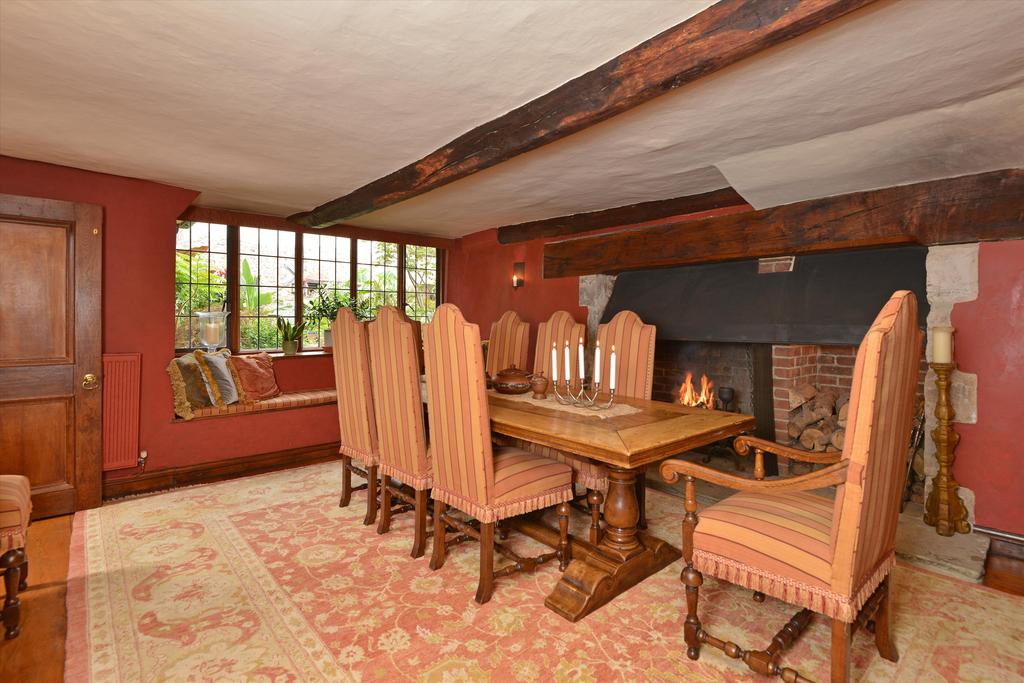
'Only the knight and his wife had their own bedroom; they slept in the solar overlooking the entrance and the Great Hall. People were smaller, too, and while the Great Hall measures nine metres [30ft] to its ceiling, you can hit your head on the ceiling beams in several of the other rooms’.
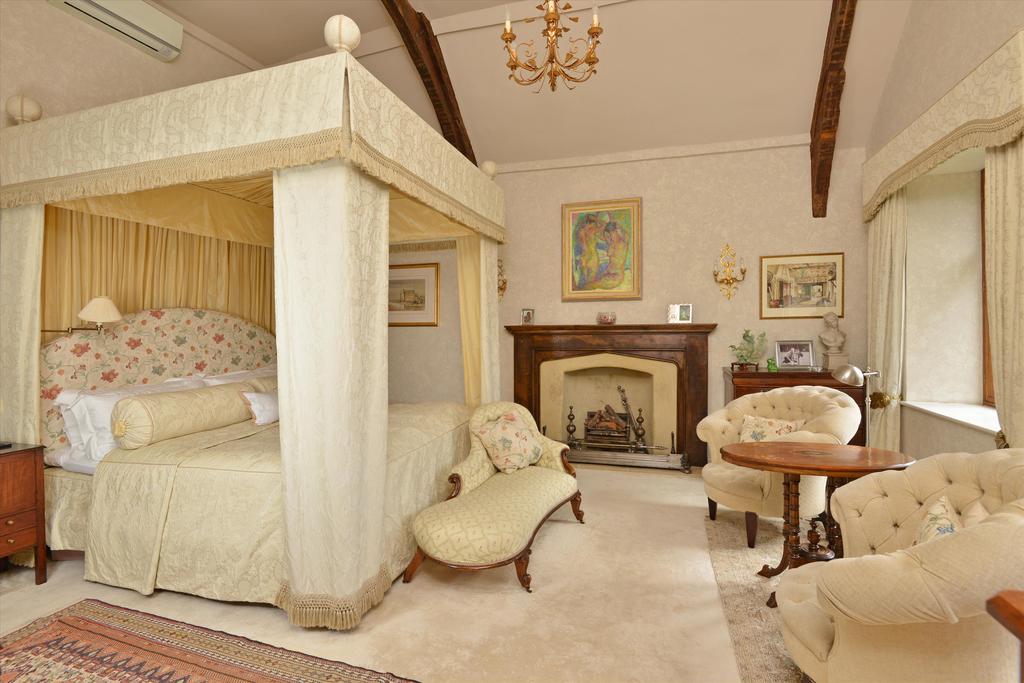
During their tenure, the Osterlunds, with advice from English Heritage, have installed new heating systems, with underfloor heating in many of the rooms. Pine floors have been replaced by 300-year-old wide oak planks, nine modern bathrooms created and a new kitchen built in what was originally the chaplain’s room on the ground floor of the chapel.
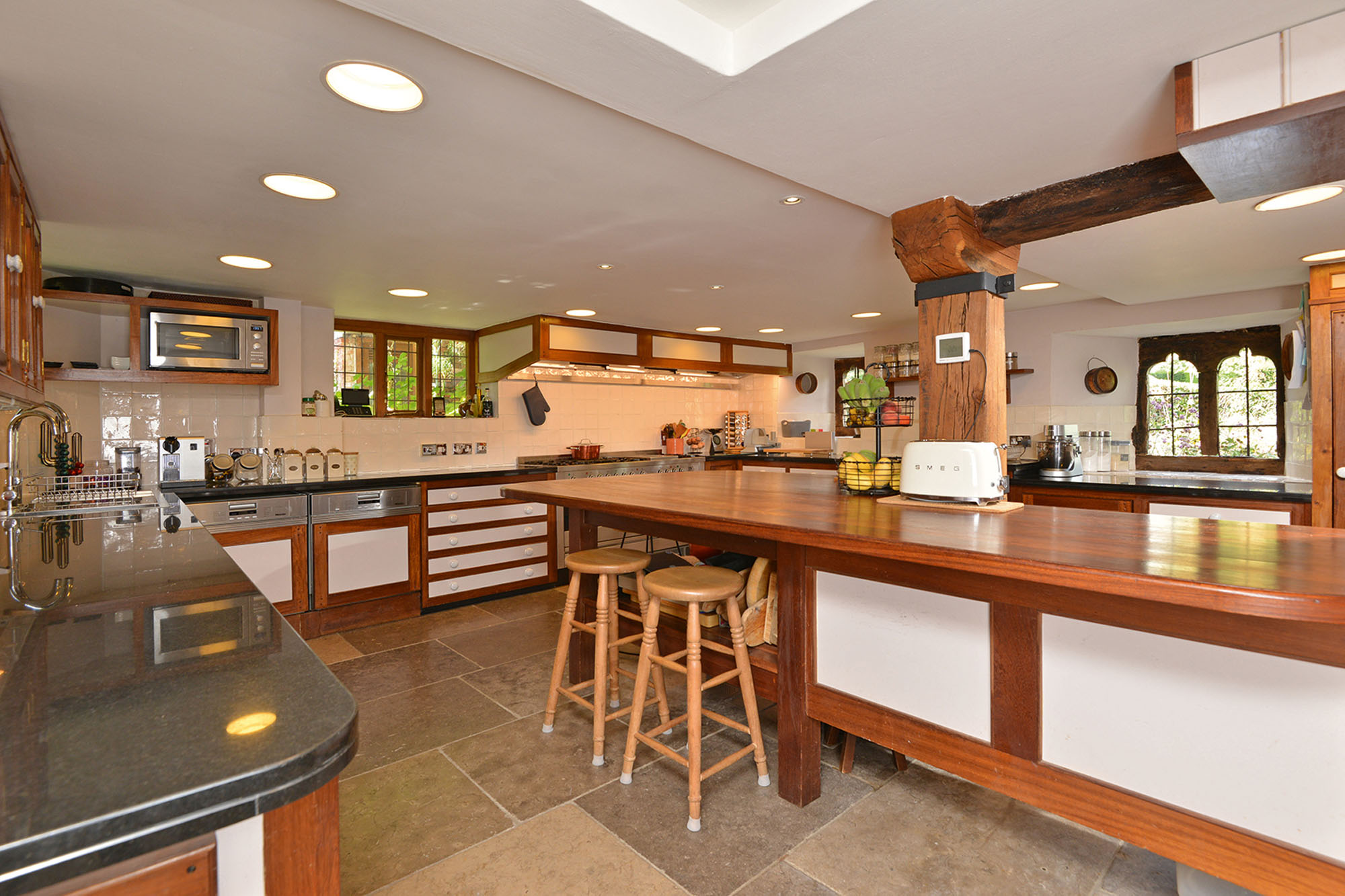
They also built a new staff cottage to the north and a new stable block with a curved roof planted with sedum, which houses the estate office, workshop and storage.
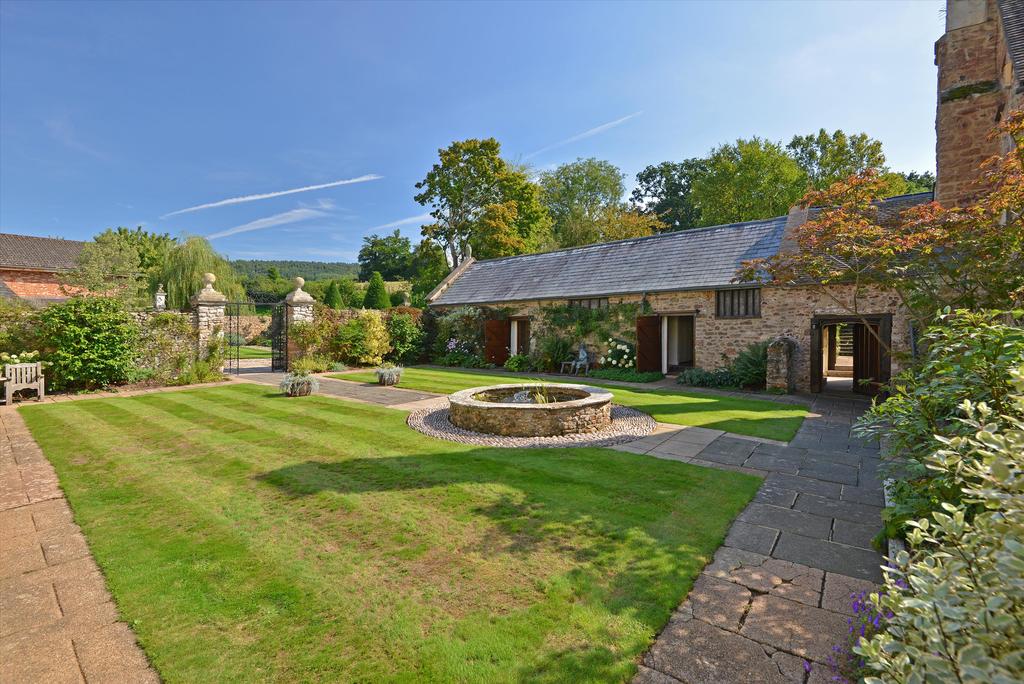
In all, today’s Knightstone Manor offers some 9,300sq ft of family-friendly living space, including four main reception rooms, a kitchen/breakfast room, various utilities, principal and guest bedroom suites and four further bedrooms in the main building, with two further bedrooms, a media room and wine cellar in the north wing.
Further accommodation is available in the three-bedroom Knightstone Cottage.
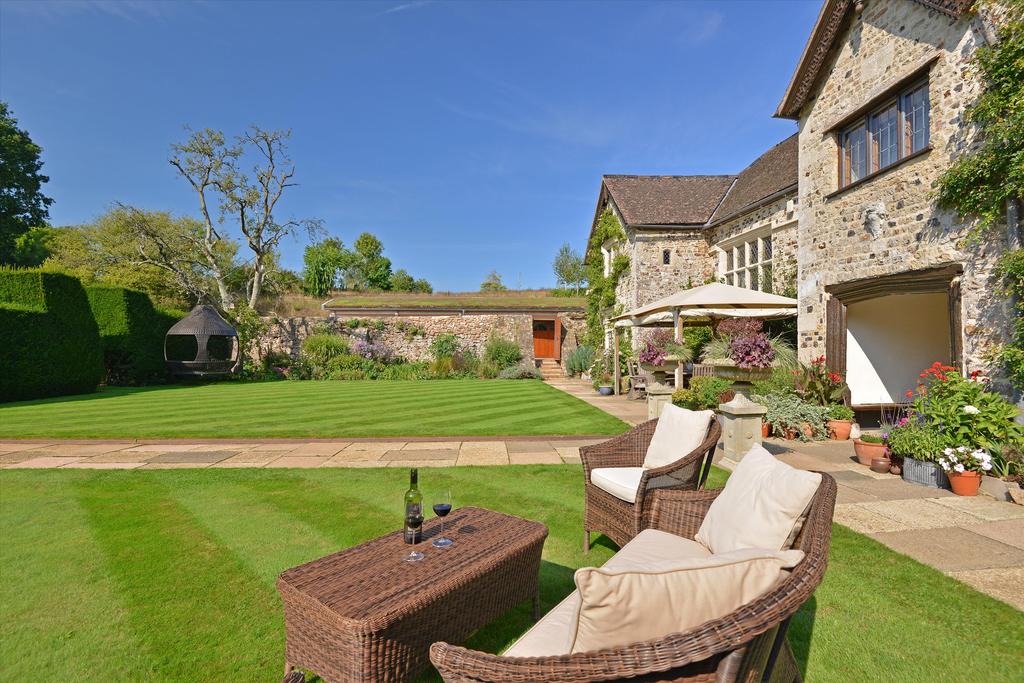
According to Hussey, Knightstone owes its rediscovery and preservation to Col Reggie Cooper, who bought the manor in 1941 and laid out the gardens with his signature yew hedges and garden rooms that same year. Cooper was a bachelor diplomat who, in 1914, with Harold Nicolson of Sissinghurst in Kent and Gerald Wellesley of Stratfield Saye, Hampshire, was stationed at the Istanbul embassy. Apparently, ‘they dreamed of English manors, of old stone, rich wood, grey-green tapestries and flickering candles’ — a description that fits Knightstone Manor like a favourite gardening glove.
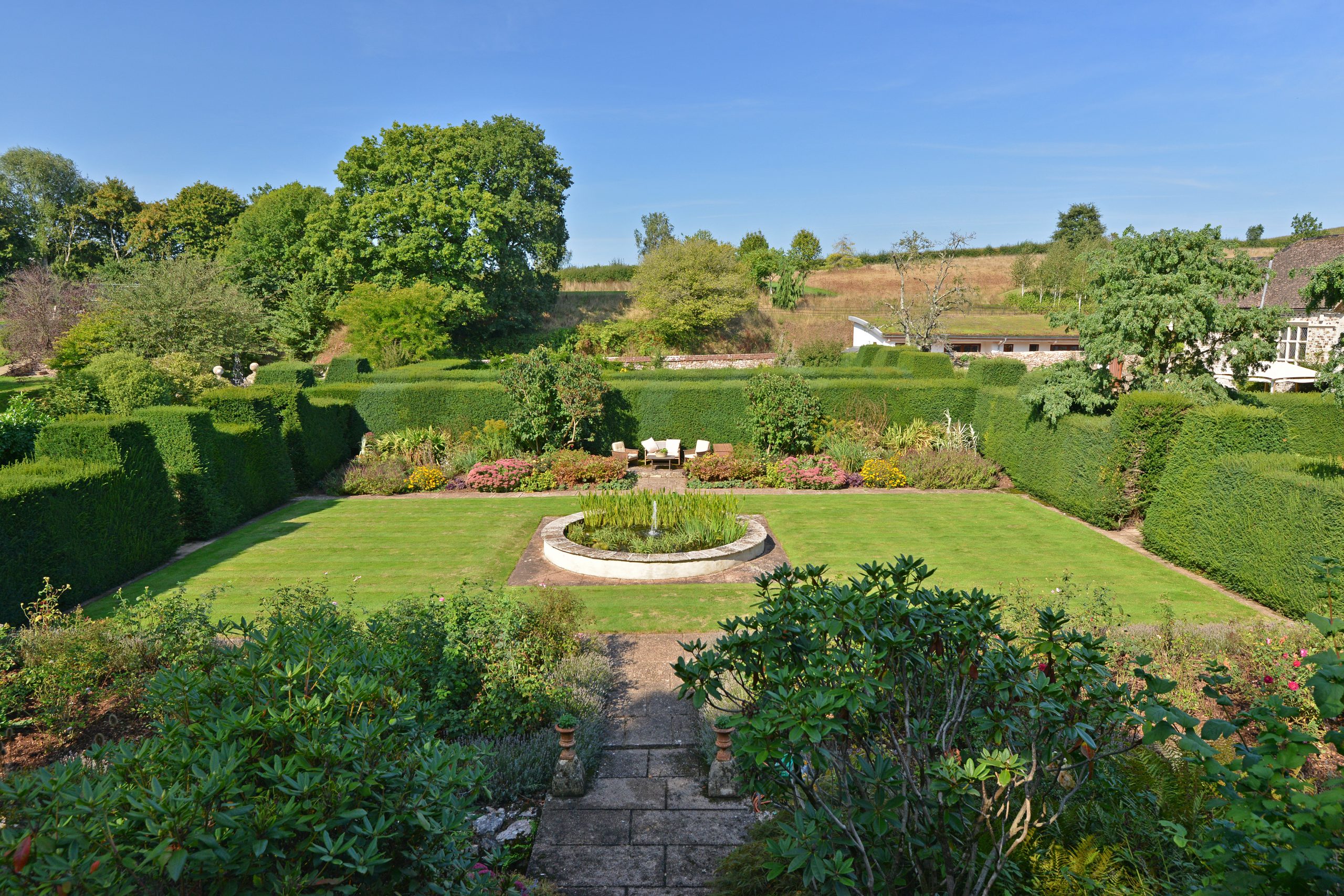
All were passionate gardeners who, after the First World War, created famous gardens and shared their ideas with the Country Life circle, including Hussey and the magazine’s founder, Edward Hudson.
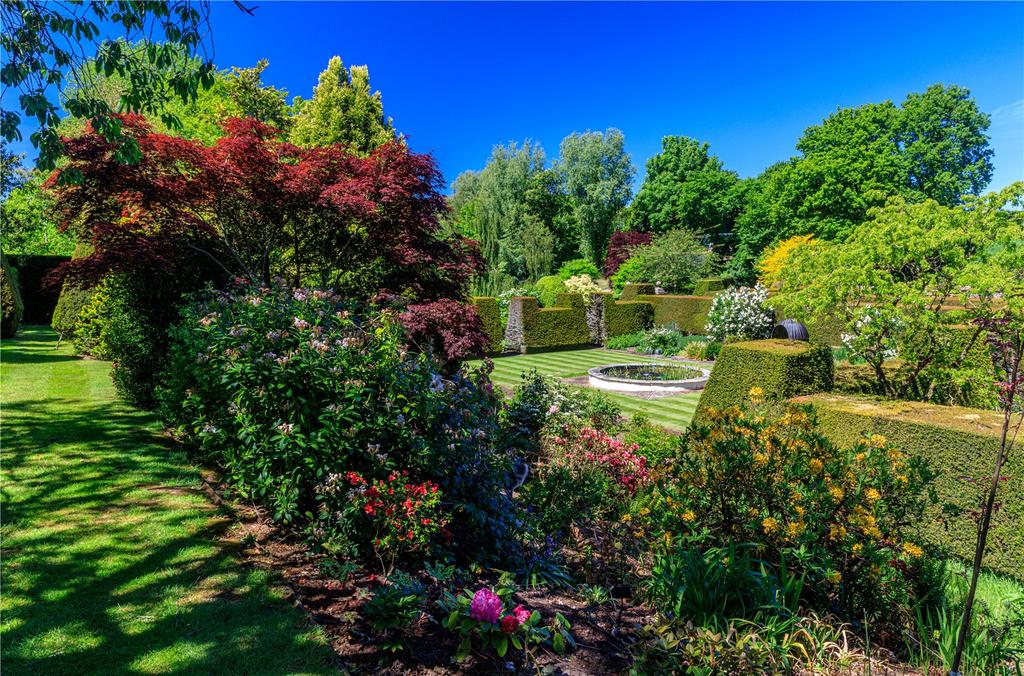
Thanks to Lewis Atkin, Knightstone’s dedicated estate manager, the gardens and grounds have been restored to their ‘Reginald Cooper glory’, with the planting of only trees and bushes that existed in medieval times.
Knightstone Manor is for sale at £3.5 million via Knight Frank and Jackson-Stops — see more details and pictures.

Credit: Strutt and Parker
Best country houses for sale this week
An irresistible West Country cottage and a magnificent Cumbrian country house make our pick of the finest country houses for
-
 Why British designers dream up the most desirable hotels
Why British designers dream up the most desirable hotelsWhen it comes to hotel design, the Brits do it best, says Giles Kime.
By Giles Kime Published
-
 The five minute guide to 'The Great Gatsby', a century on from its publication
The five minute guide to 'The Great Gatsby', a century on from its publication'The Great Gatsby' sold poorly the year it was published, but, in the following century, it went on to become a cornerstone of world literature.
By Carla Passino Published
-
 Five beautiful homes, from a barn conversion to an island treasure, as seen in Country Life
Five beautiful homes, from a barn conversion to an island treasure, as seen in Country LifeOur pick of the best homes to come to the market via Country Life in recent days include a wonderful thatched home in Devon and a charming red-brick house with gardens that run down to the water's edge.
By Toby Keel Published
-
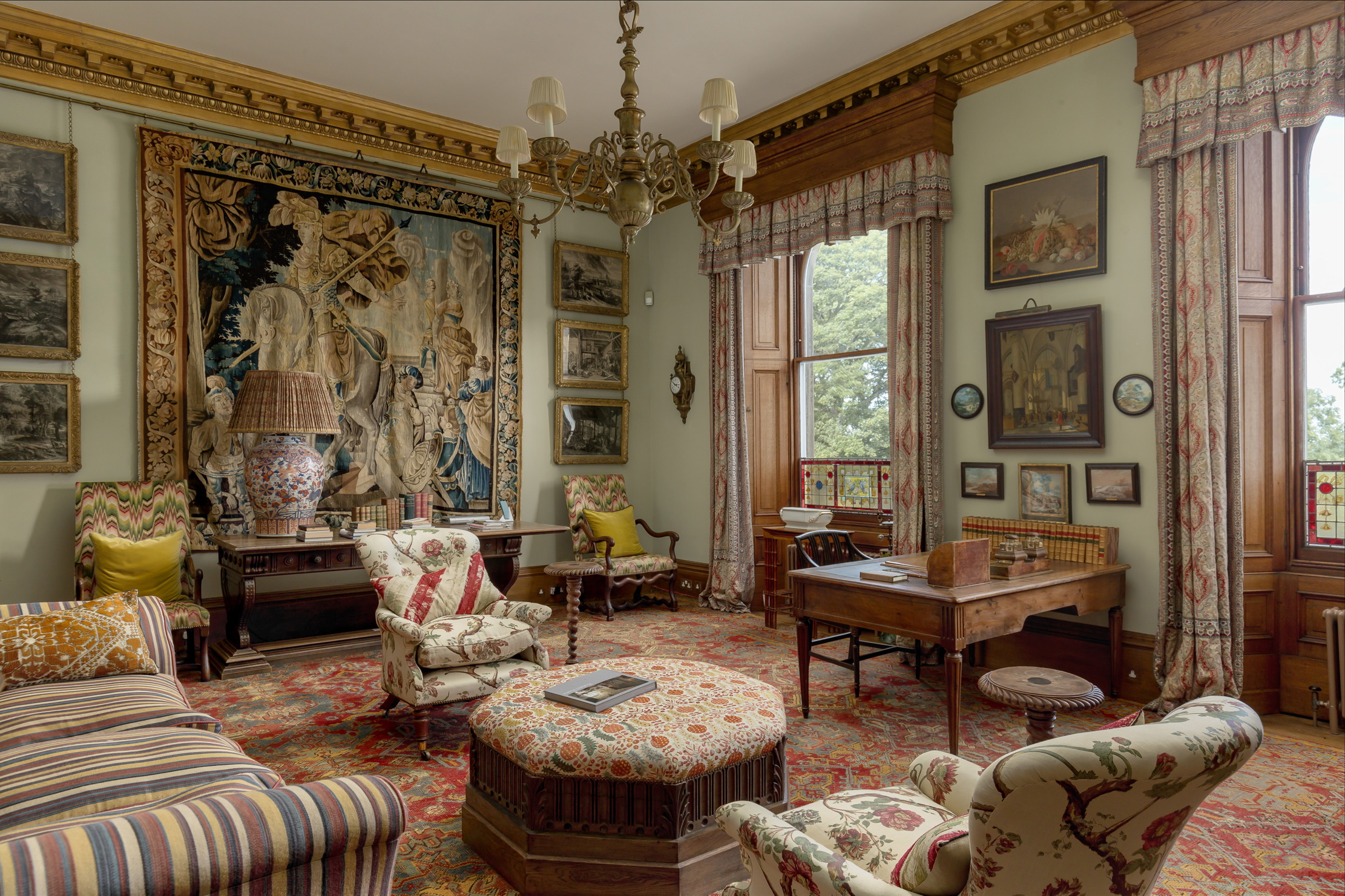 The finest interiors in Edinburgh? A seven-bedroom townhouse furnished by Robert Kime comes to market
The finest interiors in Edinburgh? A seven-bedroom townhouse furnished by Robert Kime comes to marketSituated on one of the New Town's grandest terraces, this four-storey property is a collector's dream.
By James Fisher Published
-
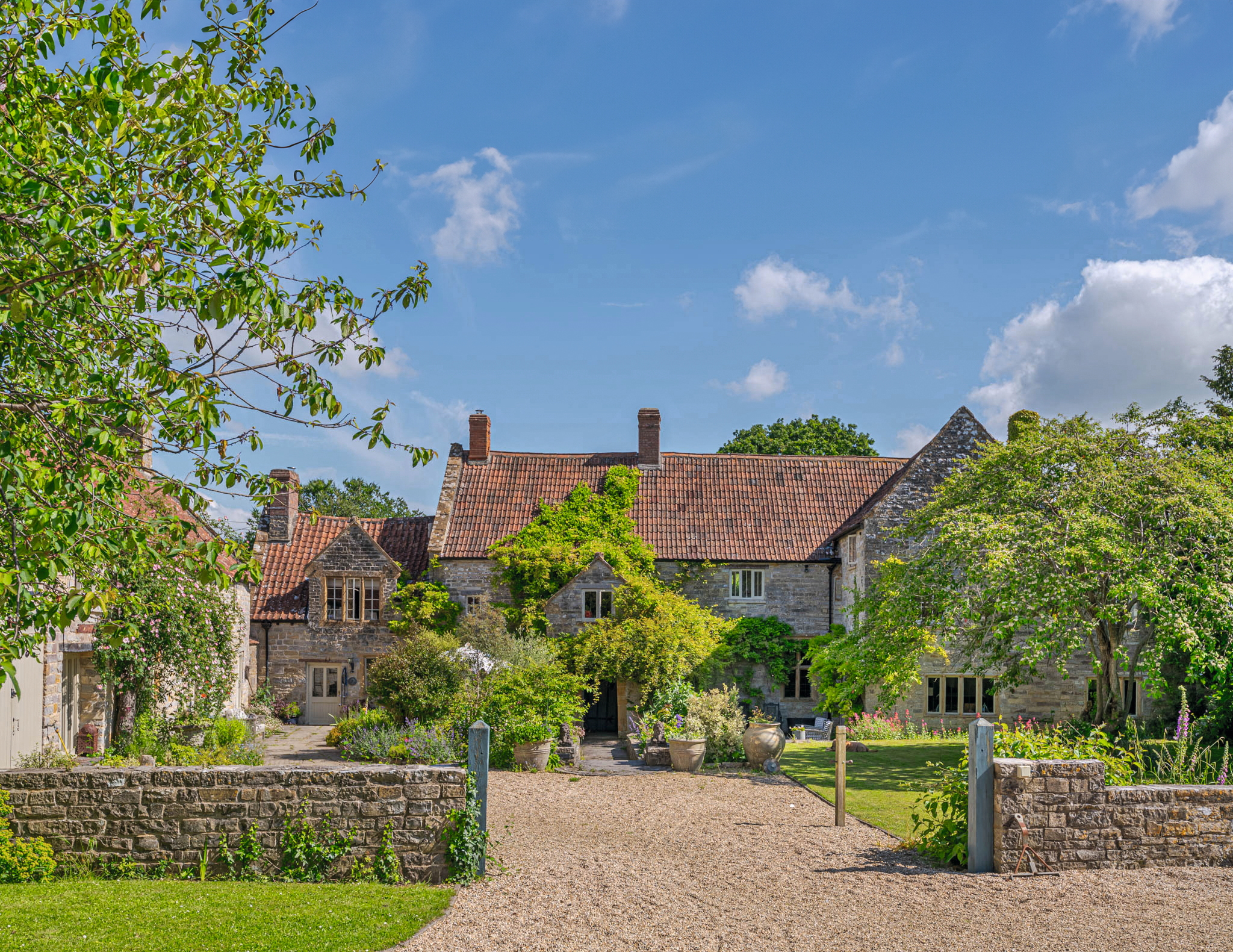 A Grade II*-listed country manor with one of the most beautiful drawing rooms in England
A Grade II*-listed country manor with one of the most beautiful drawing rooms in EnglandIf Old Manor Farm in Somerset is good enough for Pevsner, it's good enough for you.
By Penny Churchill Published
-
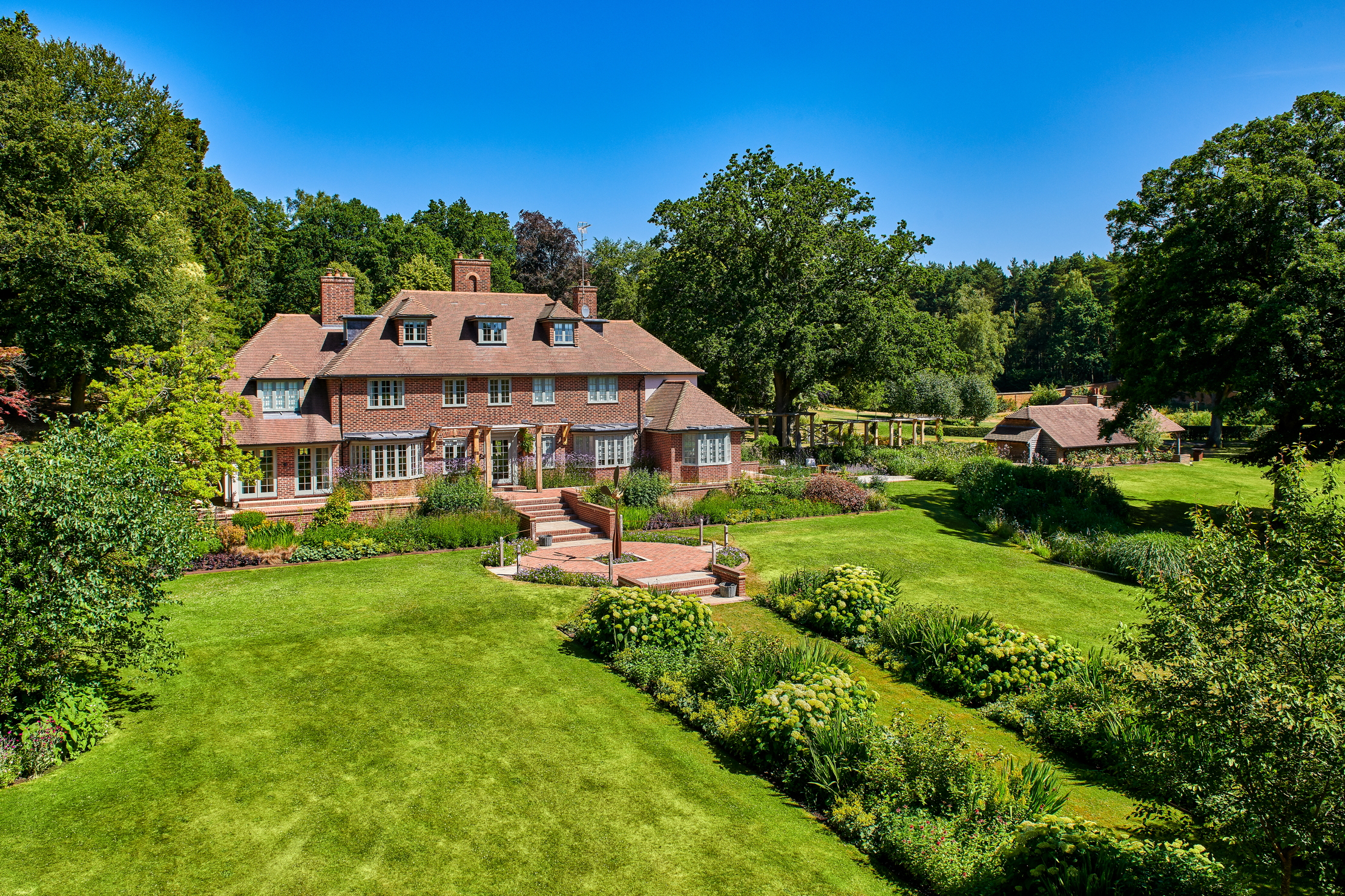 An eight-bedroom home in Surrey where an army of robots will look after your lawns
An eight-bedroom home in Surrey where an army of robots will look after your lawnsDo not fear the bladed guardians of Monksfield House. They are here to help.
By James Fisher Published
-
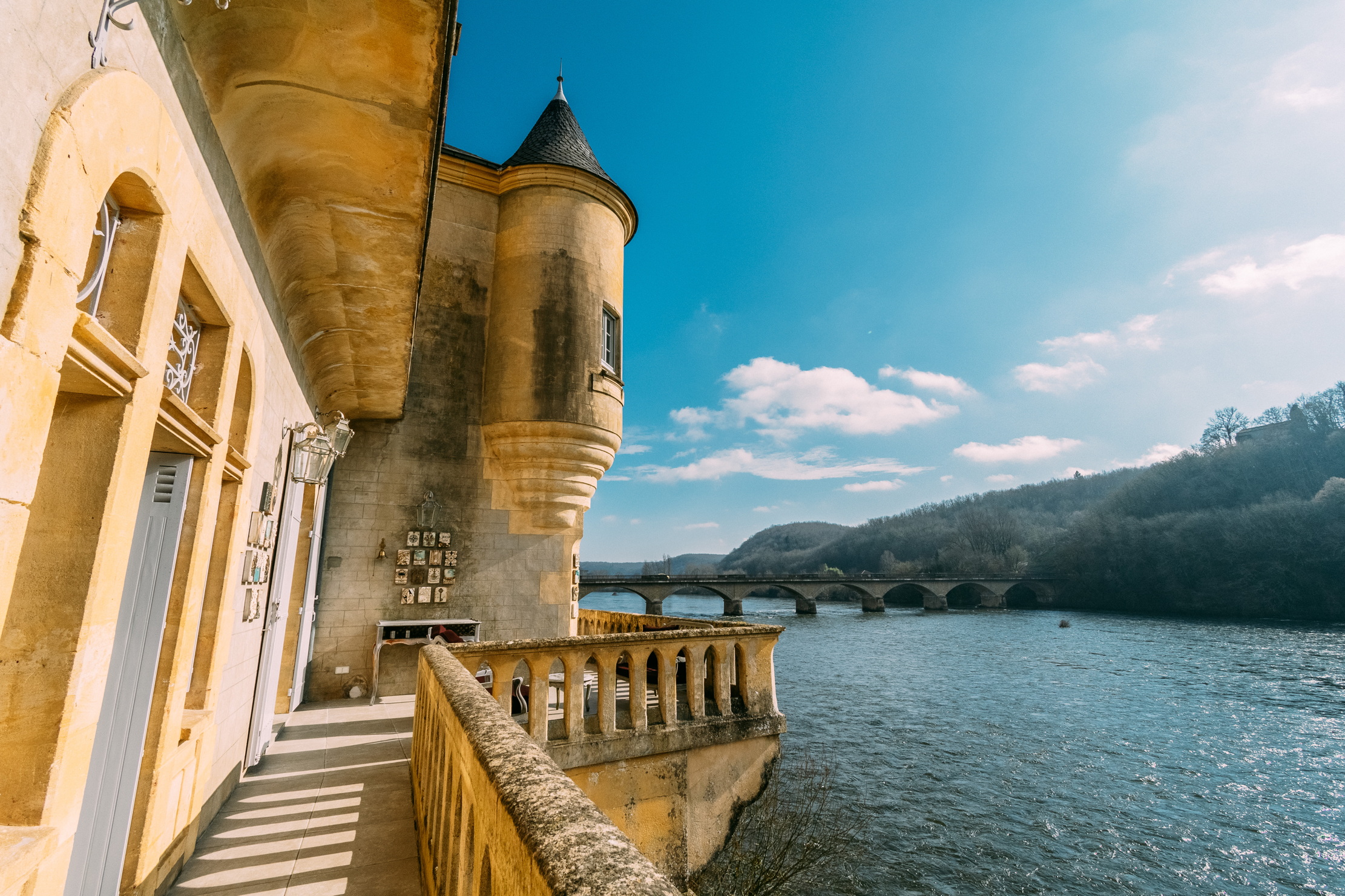 A French castle for sale on the banks of the Dordogne? With a swimming pool? Where do we sign?
A French castle for sale on the banks of the Dordogne? With a swimming pool? Where do we sign?This chateau in Lalinde is nothing short of a historical delight in the south of France. And it comes fully furnished.
By James Fisher Last updated
-
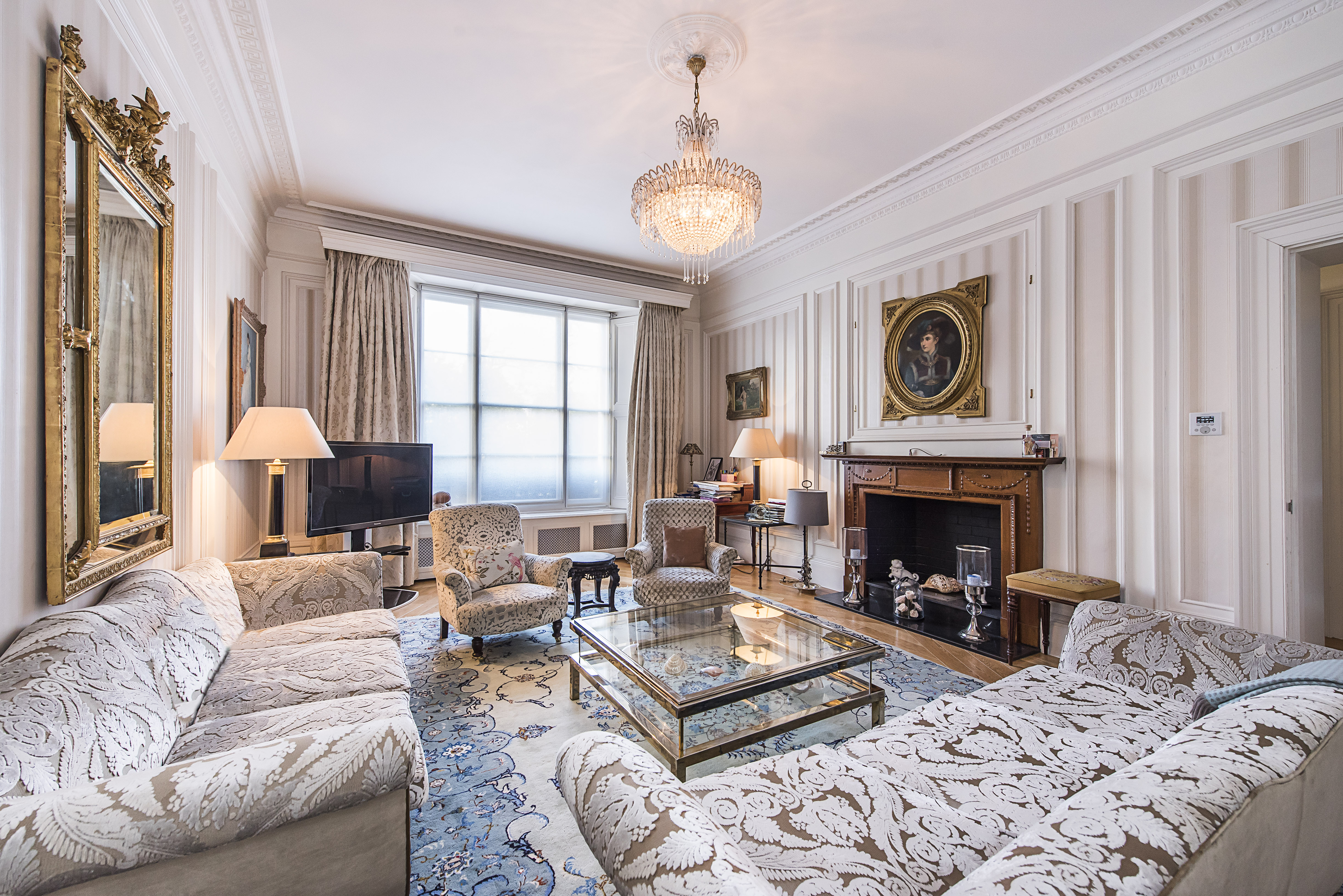 Sip your morning tea where Churchill once paced, as his former Pimlico home comes up for sale
Sip your morning tea where Churchill once paced, as his former Pimlico home comes up for saleThe five-bedroom flat in Eccleston Square offers ‘historical gravitas and modern comfort’ in a leafy pocket of London.
By Annabel Dixon Published
-
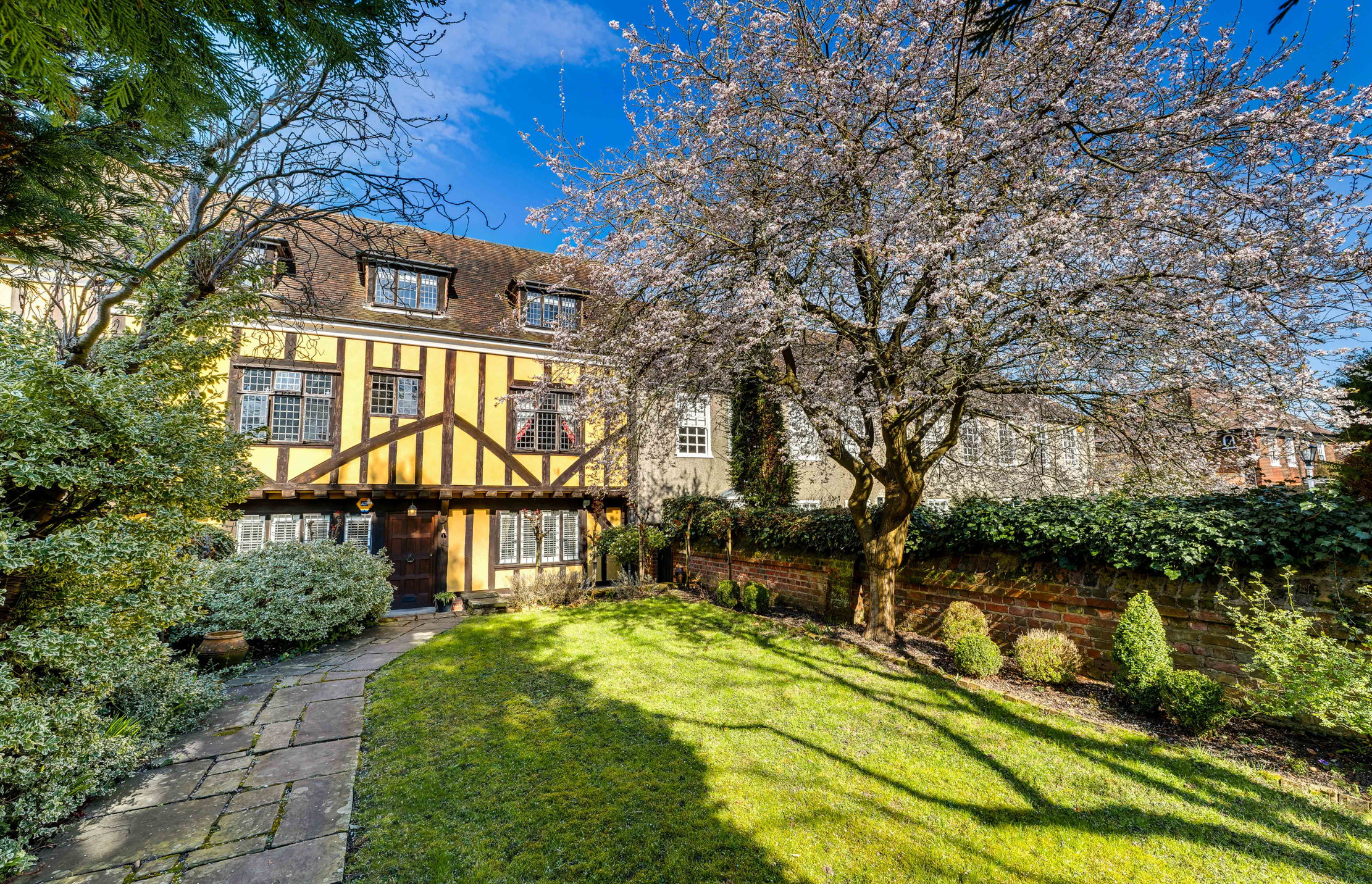 Live a life of Tudor fancy in this five-bedroom London home with links to Cardinal Wolsey and Henry VIII
Live a life of Tudor fancy in this five-bedroom London home with links to Cardinal Wolsey and Henry VIIIFans of Wolf Hall rejoice, as a rare chance to own a Tudor home inside the M25 comes to market.
By James Fisher Published
-
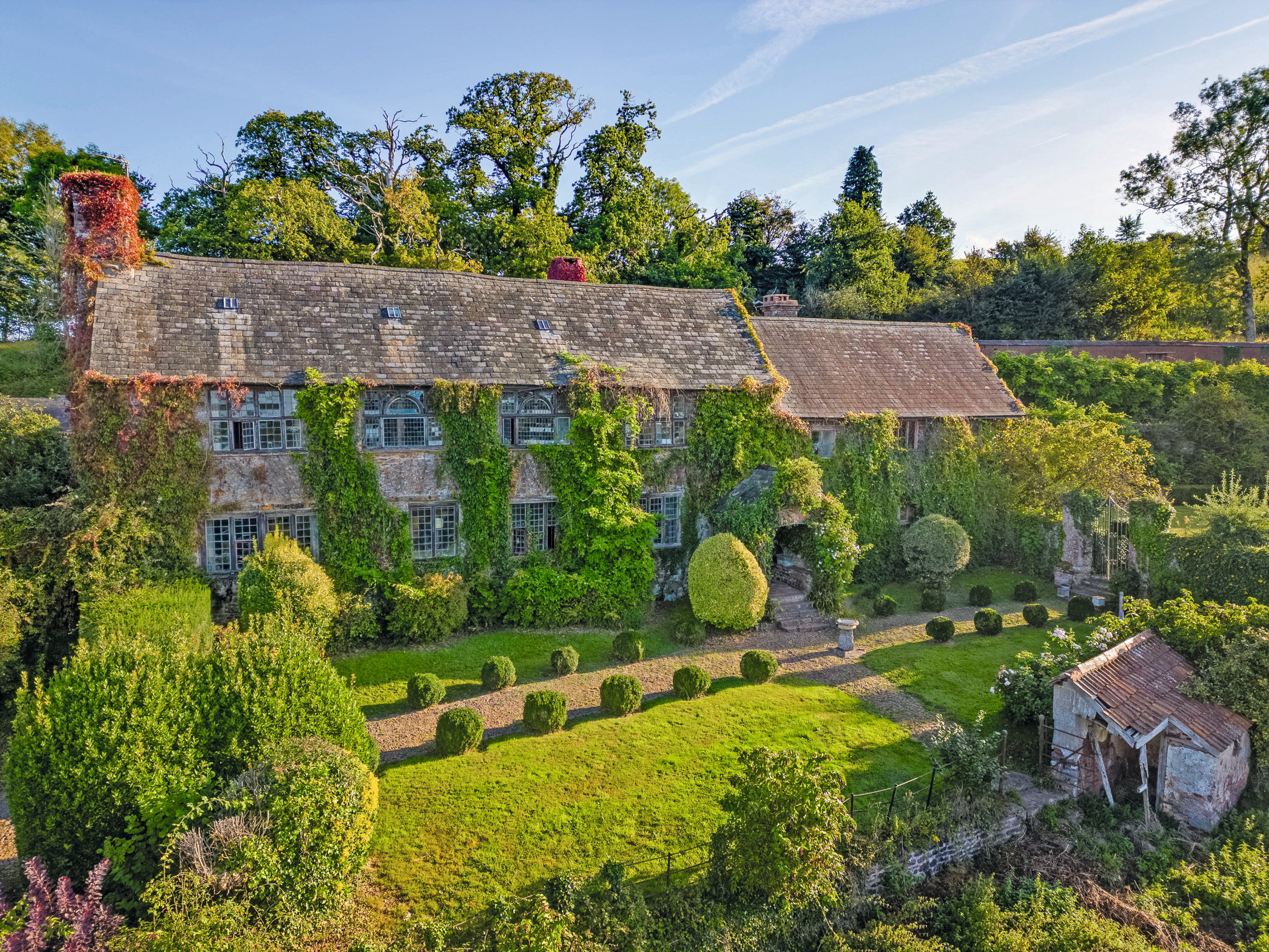 Murder, intrigue and 'the magic of a bygone era' at this eight-bedroom home set in 25 acres of Devon countryside
Murder, intrigue and 'the magic of a bygone era' at this eight-bedroom home set in 25 acres of Devon countrysideUpcott Barton is a family home steeped in history and comes with more than 5,000sq ft of living space.
By Penny Churchill Published
